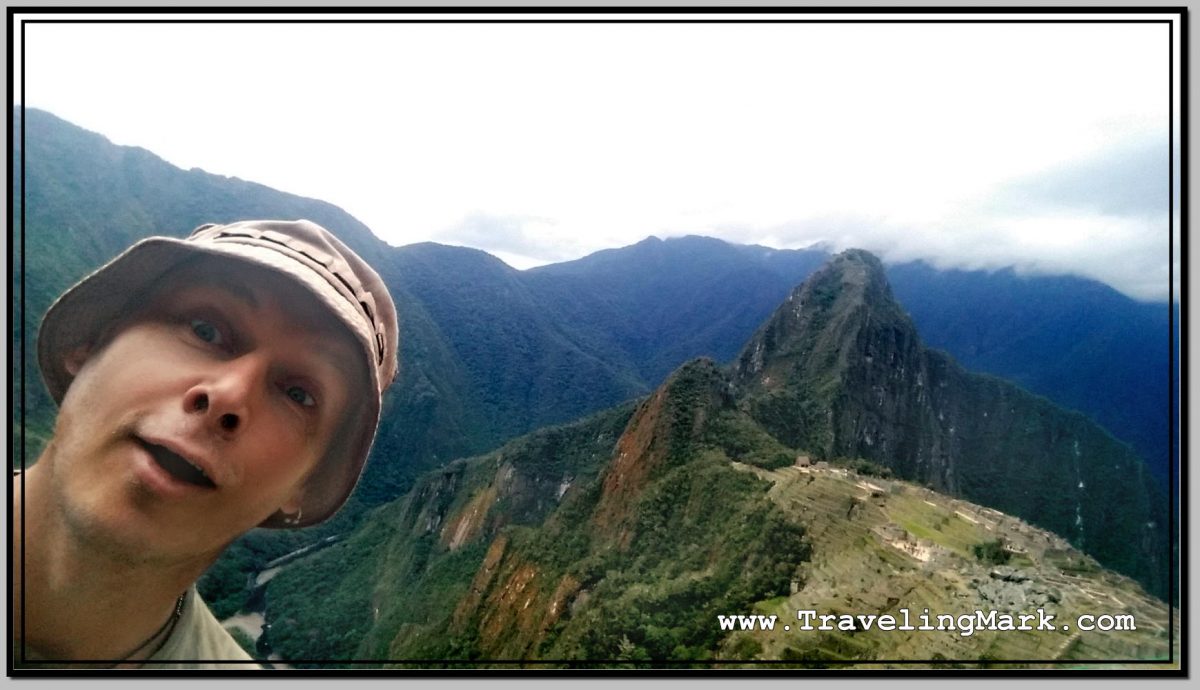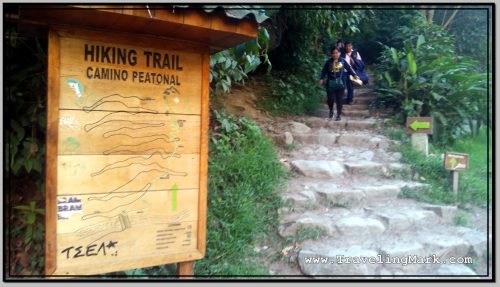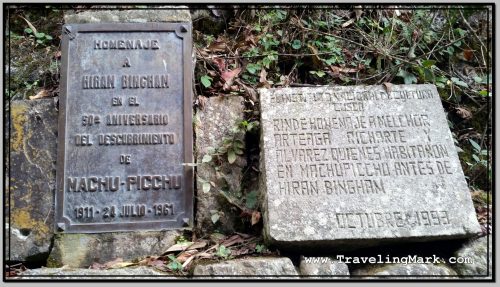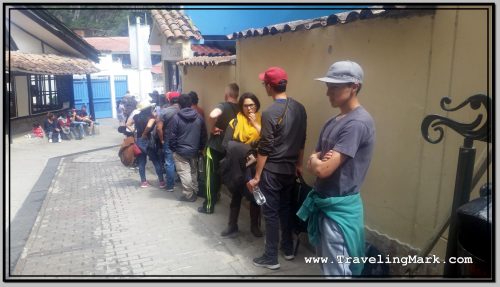At Machu Picchu, the rainy season lasts from November to March. For this reason, in order to avoid getting soggy while exploring the Lost City of the Incas, and the cloud cover obstructing the view of the iconic “face looking into the sky” mountain (Huayna Picchu), the best time to visit Machu Picchu is from April to October. Regardless, even if you time your trip for within those months, you could still get rained on. That’s exactly what happened to me.

I visited Machu Picchu exactly on September 24, 2018. So even though I was well within the so called “dry season“, it rained quite a bit on that day and the clouds kept getting in the way of scoring good pictures. Either way, the entire experience of getting to Machu Picchu was disappointing enough to make it clear that there is no way in hell I would be visiting the place ever again, and after shelling out the heavy 152 Soles (about $46 US) for half the day entry to the Inca citadel, that notion was further strongly enforced.
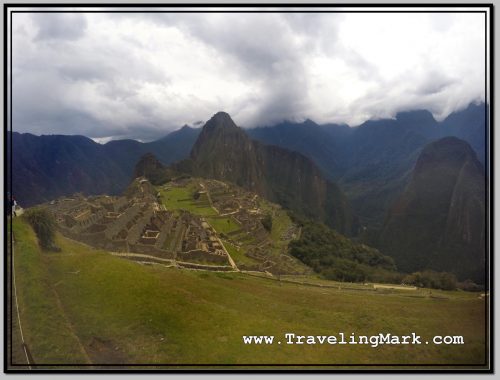
So in my case, even though the weather remained nice and sunny throughout the entire unplanned “Inca Trail” hike, when I got to visit the actual Machu Picchu, the day got cloudy and during a hefty part of it, it also rained. But what do you do if you visit Machu Picchu on a cloudy day? You make the best of it nevertheless. You can’t choose or command the weather.
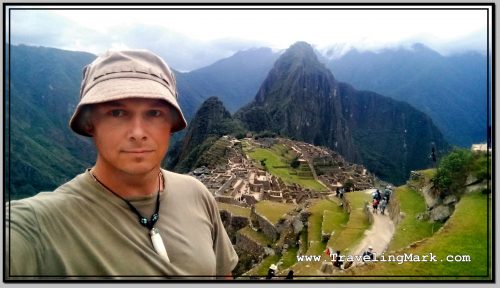
Unfortunately, even though the entrance to the citadel is mighty steep, you are rather restricted in how you get to enjoy it. In my case, it was cloudy and it rained for the best part of the afternoon, but at around 4:30, or about an hour before the allocated time to see Machu Picchu for which I paid a hefty fee ran out, the rain stopped and the sky started to clear up, but when I started retracing my steps back through the citadel in order to use the remaining hour on snapping a new set of pics of this time nicely illuminated mountain peaks and ancient architecture, I got yelled at by the guards who demanded that I continue on out of the complex, barring me from utilizing the remaining hour of my visit.
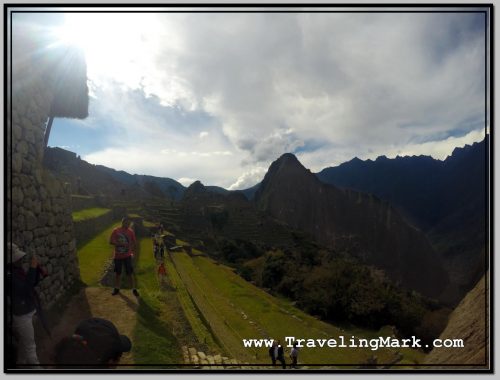
Obviously, because while it rained, I wasn’t able to be very active with the camera, so I lost a lot of time for picture taking, and had to keep moving along because for one I was getting rained on, and secondly, the mass of people within the complex was being yelled at to keep moving forward through the alleys of the man made sections of Machu Picchu.

So to reiterate what I have been congruent about throughout moment I started writing about Machu Picchu – no matter how you look at it, if you take into the account the cost as well as the overall headache of visiting the citadel, and put it against what you get if you go through the cost and the headache of getting there, it’s simply not worth it.
There are places that are far more interesting, incomparably less expensive to visit, and which are not deliberately kept inaccessible in order to force the would be visitor to get absolutely screwed on the means to arrive, that would give the visitor more in terms of visual and spiritual experience.

I started questioning the worth of Machu Picchu as soon as I got dropped off at the road block, and wish the whole time I had listened to my got and turned around instead of toiling my way toward the citadel. But as I kept on going, and fooling myself that perhaps in the end it turns out being worth it, each new experience proved that I was wrong and should have absolutely listened to my gut telling me to turn around as soon as we did not arrive at Hidroelectrica with the van.
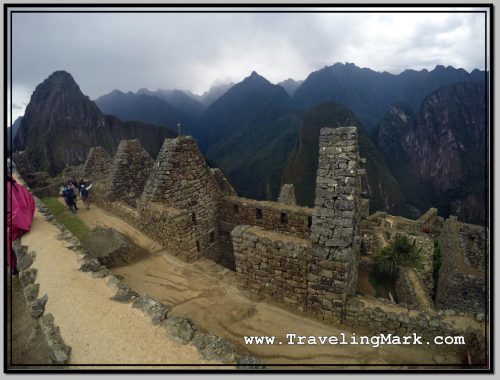
Even in Peru itself there are far more interesting places than Machu Picchu, and unlike Machu Picchu, they will not burn a hole in your wallet. There’s no other way to put it – Machu Picchu does not live up to the hype and with the involvement of the high cost to see it, I have no option but to recommend the readers to avoid it as not worth your time, effort and money.
